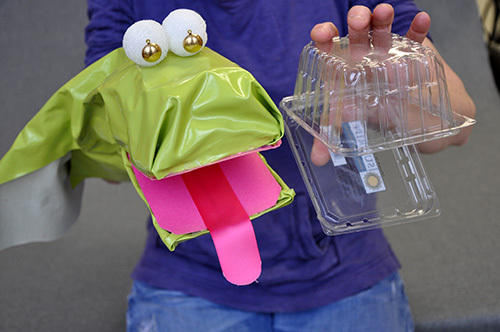
Materials for the Arts is one of those organizations you look at and say to yourself – Es muy obvio – recolectar materiales excedentes de empresas e individuos y redistribuirlos a organizaciones sin fines de lucro con programas de arte y escuelas en curso – ¿Por qué no todas las comunidades tienen un programa de reciclaje como este??
Harriet Taub, Executive Director for Materials for the Arts (which has become one of the largest reuse centers in the U.S.), has helped lead the organization for almost 18 años; she says that starting its education program is what she is most proud of. “When I came to MFTA in 1998, we were basically a collection and donation program. I knew early on that newly registered teachers would become better shoppers if they were shown ways to incorporate non-traditional arts materials into their classroom curriculum.” So Harriet started by teaching ‘hat making’ and ‘no sew’ costume making workshops, and then, along with her Materials for the Arts colleague, Joy Suarez, began to offer week-long workshops for educators through the New York City Department of Education’s Office of Professional Development.
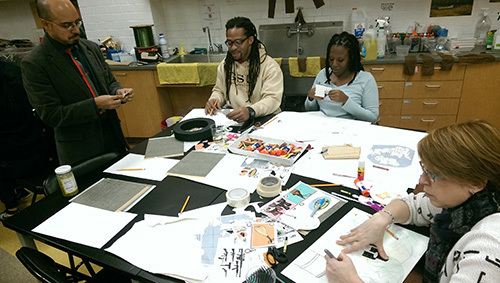
Avance rápido 15 años: this dynamic hands-on studio-style Professional Development Workshop team now works with thousands of teachers and in turn, with tens of thousands of students through their workshops, free field trip program and in-school residencies. “Our Education Program is changing the way adults and children view materials and helping reduce the amount of unwanted materials headed for the landfill.” Y entonces, at Materials for the Arts, Harriet notes, “Todos los dias es el día de la Tierra.”
We asked our MFTA experts to come up with 10 really innovative things anyone can do to protect our earth with a little bit of creativity:
1. Turn your beverage containers into garden décor – por ejemplo. glass bottles can be turned into terrariums. Plastic soda bottles – 1 litre – can be cut in half and the spout can be turned upside down for drainage, and plant inserted into the body of the bottle and placed in your garden or window box or curbside tree box.
2. Junk mail envelopes can be turned into envelope books with string and magazine clippings.
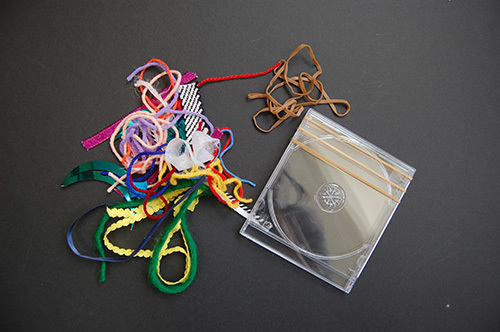
3. Don’t buy new things – create new, fashionable clothing from your torn and worn items. You can take strips of your woven clothing and weave them into new designs.
4. Old technology, including CD’s and CD cases, can be repurposed into small desk calendars, wind-chimes, bases for collage; photo frames; frames for weavings with rubber bands.
5. Make musical instruments with plastic bottles filled with beads or beans. Metal coffee cans can be used for percussion instruments. Bottle caps can be strung together to make hand held percussion instruments.
6. Puppets can be made out of washed chop sticks, fabric scraps, tassels, buttons or even hanging file folders – no one files paper anymore!

7. Paper bags can be transformed into the bases for fabulous hats and headdresses or masks for plays and oral presentation in classrooms.
8. Cardboard boxes can be repurposed for storage (why buy plastic?) as well as lightweight furniture – tables and chairs for children.
9. Binders can be refashioned into portfolios, clutch handbags or birdhouses.
10.Take your extra string, buttons, beads, zippers, bottle caps, ribbon and paper clips to create personalized jewelry – necklaces, bracelets and pins.
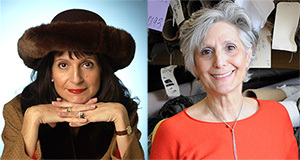

Únete a mí y reconocidos a nivel mundial los líderes de opinión, incluyendo a Sir Michael Barber (Reino Unido), DR. Michael Bloquear (EE.UU.), DR. Leon Botstein (EE.UU.), Profesor Clay Christensen (EE.UU.), DR. Linda Darling-Hammond (EE.UU.), DR. MadhavChavan (India), El profesor Michael Fullan (Canada), El profesor Howard Gardner (EE.UU.), El profesor Andy Hargreaves (EE.UU.), Profesor Yvonne Hellman (Países Bajos), Profesor Kristin Helstad (Noruega), Jean Hendrickson (EE.UU.), Profesor Rose Hipkins (Nueva Zelanda), Profesor Cornelia Hoogland (Canada), Honorable Jeff Johnson (Canada), Señora. Chantal Kaufmann (Bélgica), DR. EijaKauppinen (Finlandia), Secretario TapioKosunen Estado (Finlandia), Profesor Dominique Lafontaine (Bélgica), El profesor Hugh Lauder (Reino Unido), Señor Ken Macdonald (Reino Unido), Profesor Geoff Masters (Australia), Profesor Barry McGaw (Australia), Shiv Nadar (India), Profesor R. Natarajan (India), DR. PAK NG (Singapur), DR. Denise Papa (Estados Unidos), Sridhar Rajagopalan (India), DR. Diane Ravitch (EE.UU.), Richard Wilson Riley (EE.UU.), Sir Ken Robinson (Reino Unido), Profesor Pasi Sahlberg (Finlandia), El profesor Manabu Sato (Japón), Andreas Schleicher (PISA, OCDE), DR. Anthony Seldon (Reino Unido), DR. David Shaffer (EE.UU.), DR. Kirsten Immersive Are (Noruega), Canciller Stephen Spahn (EE.UU.), Yves Theze (LyceeFrancais EE.UU.), Profesor Charles Ungerleider (Canada), Profesor Tony Wagner (EE.UU.), Sir David Watson (Reino Unido), Profesor Dylan Wiliam (Reino Unido), DR. Marcos Wormald (Reino Unido), Profesor Theo Wubbels (Países Bajos), El profesor Michael Young (Reino Unido), y el profesor Zhang Minxuan (De China) a medida que exploran las cuestiones de educación cuadro grande que todas las naciones se enfrentan hoy.
La Búsqueda Global para la Educación Comunitaria Página
C. M. Rubin es el autor de dos ampliamente leído serie en línea por la que recibió un 2011 Premio Upton Sinclair, "La Búsqueda Global por la Educación" y "¿Cómo lo Leer?"Ella es también el autor de tres libros más vendidos, Incluido The Real Alice in Wonderland, es el editor de CMRubinWorld, y es una Fundación Disruptor Fellow.
Siga C. M. Rubin en Twitter: www.twitter.com/@cmrubinworld

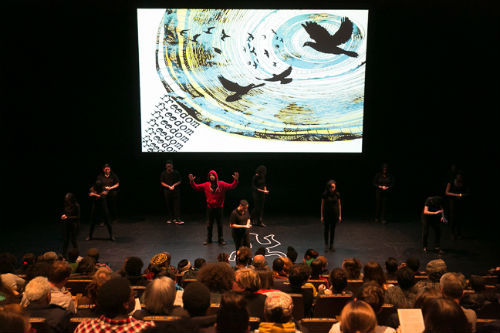
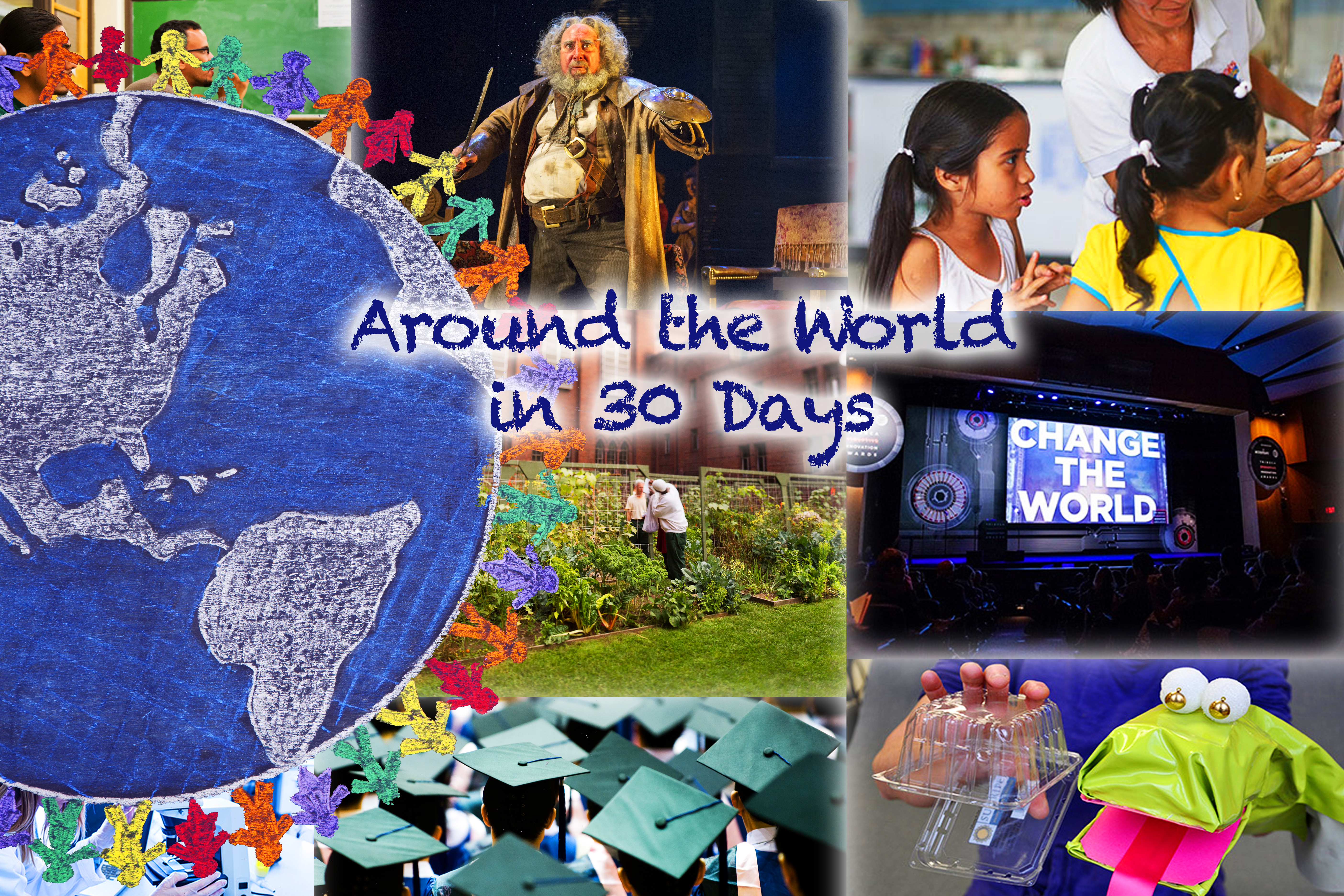
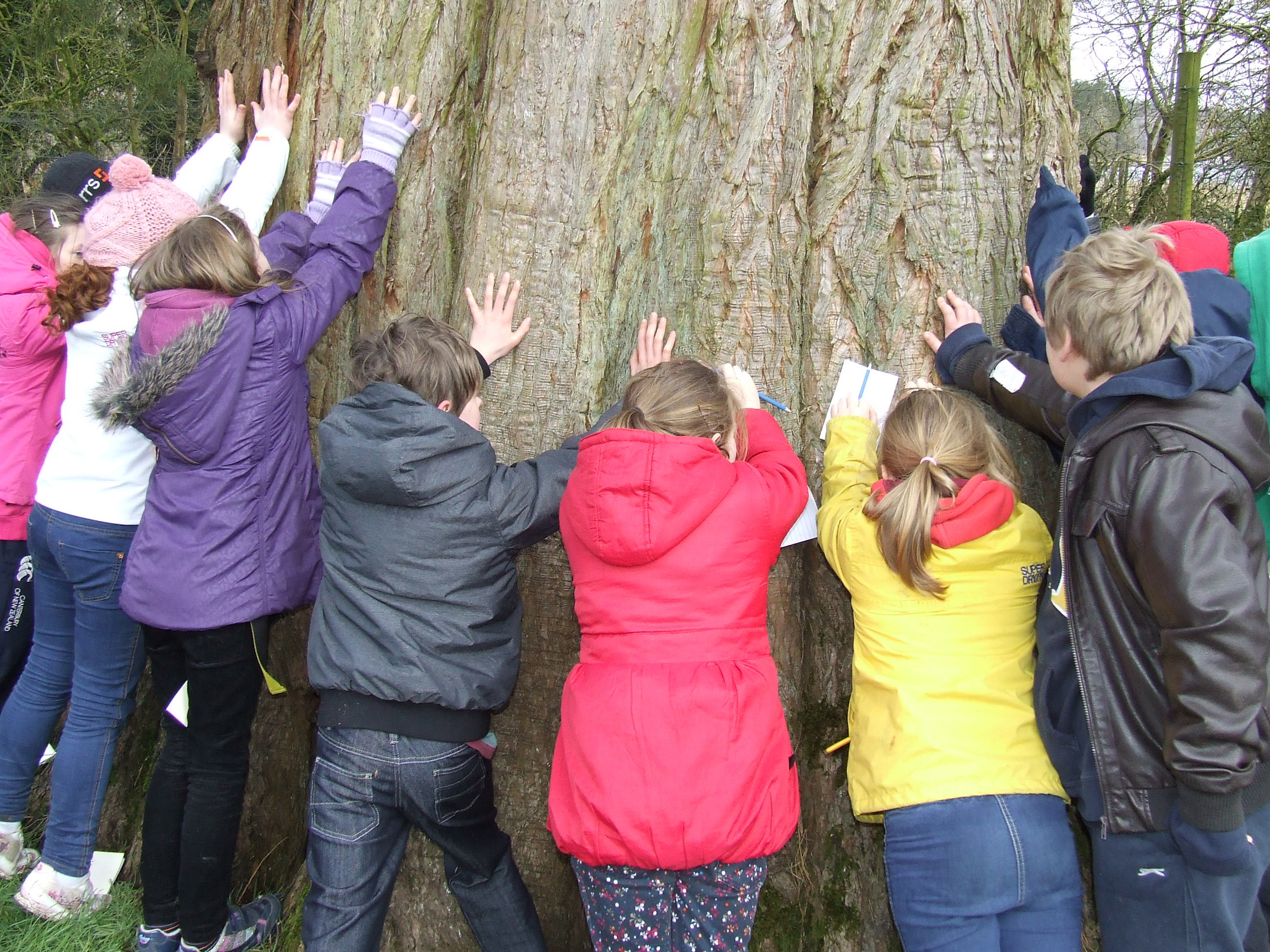
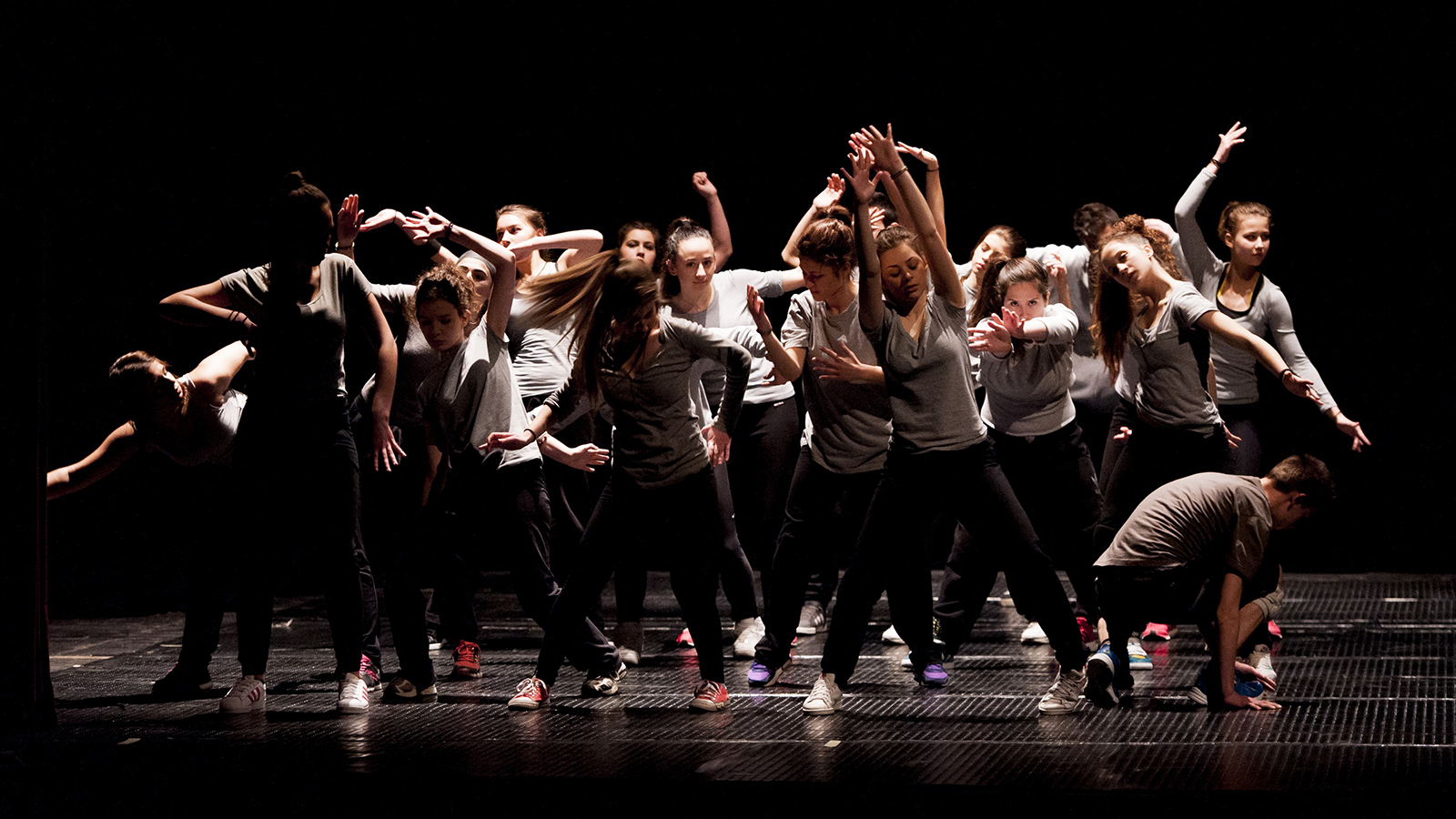
Comentarios recientes